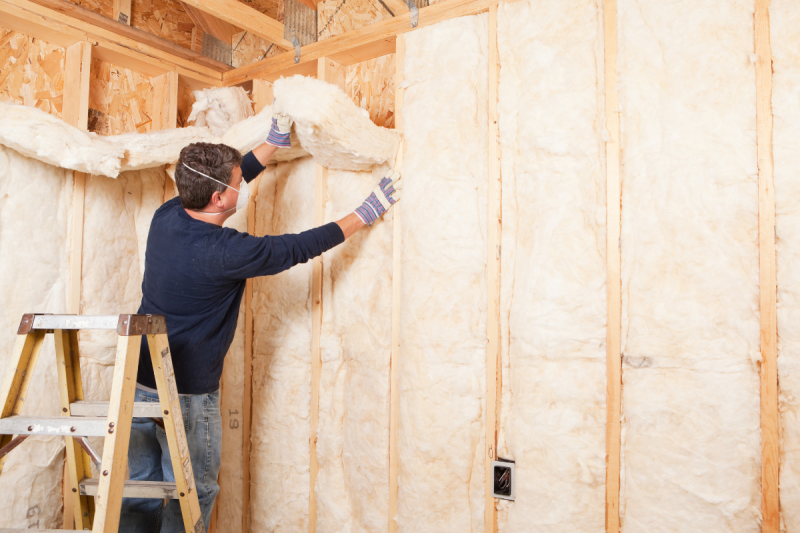Why Insulation Matters with Infrared
Infrared heating is highly efficient, but insulation plays a big role in how well your system performs. A well-insulated building keeps more of the radiant warmth inside, which means lower running costs and improved comfort.
Even in older or less insulated buildings, infrared often works better than traditional systems because it warms people and surfaces directly rather than relying on heating the air.


